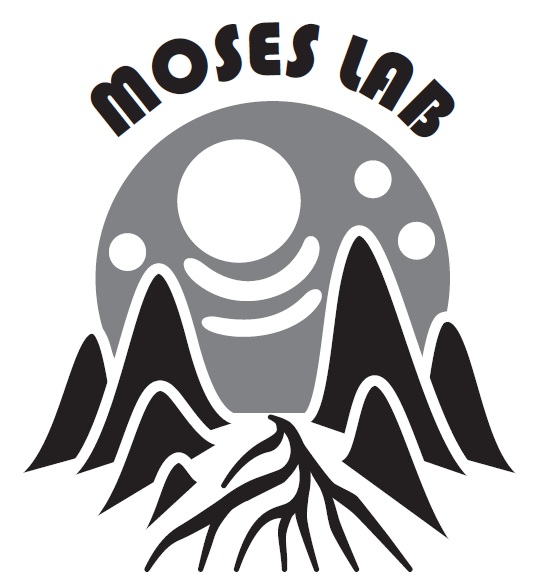I’ve recently taken over as director of the graduate program in genome biology and bioinformatics. As a graduate of an interdisciplinary graduate group myself, I think meeting like-minded students early my graduate career was invaluable to my scientific development. When it works, bringing tools, ideas and expertise from one discipline to solve problems in another is one of the most fun and satisfying things we get to do as scientists. In order to do it, we need to meet the people in other departments and learn to understand their language.
Although U of T has had international leaders in these fields from the outset, high-throughput, computational, and quantitative biology are still growing at U of T. The campus departments, hospitals and research institutes are hiring new faculty and actively recruiting grad. students in these areas. The newer biomedical research institutes like the OICR and MbD have interdisciplinary molecular biology written in their DNA. Forward-thinking departments like Molecular Genetics have now established special streams in computational and quantiative biology for incoming students. The first Canadian Conference in Computational Biology was held in Toronto, and TorBUG is going strong: international bioinformatics leaders mingle with current grad. students one a month at the CCBR. Perhaps most exciting, new technologies like high-throughput imaging and single-cell sequencing are inspiring new research questions.
The research capacity in Genome Biology and Bioinformatics at UofT is huge, and it’s spread over many departments and institutes. The collaborative program is a way for PhD students working in all these places to come together and keep track of what’s up (and who’s where).

